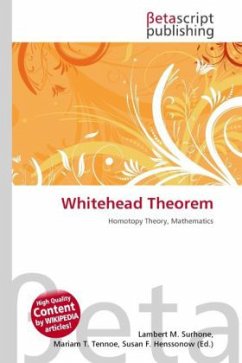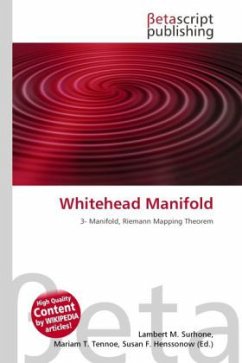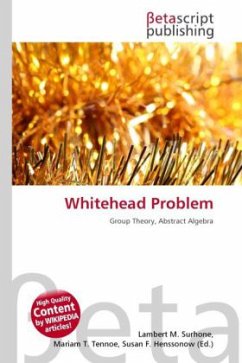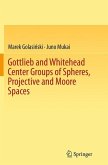High Quality Content by WIKIPEDIA articles! In homotopy theory (a branch of mathematics), the Whitehead theorem states that if a continuous mapping f between topological spaces X and Y induces isomorphisms on all homotopy groups, then f is a homotopy equivalence provided X and Y are connected and have the homotopy-type of CW complexes. This result was proved by J. H. C. Whitehead in two landmark papers from 1949, and provides a justification for working with the CW complex concept that he introduced there. More accurately, we suppose given CW complexes X and Y, with respective base points x and y. Given a continuous mapping fcolon X to Y such that f(x) = y, we consider for n 0 the induced homomorphisms f_ colon pi_n(X,x) to pi_n(Y,y), where n denotes for n 1 the n-th homotopy group. For n = 0 this means the mapping of the path-connected components; if we assume both X and Y are connected we can ignore this as containing no information. We say that f is a weak homotopy equivalenceif the homomorphisms f are all bijective. The Whitehead theorem then states that a weak homotopy equivalence, for connected CW complexes, is a homotopy equivalence.
Bitte wählen Sie Ihr Anliegen aus.
Rechnungen
Retourenschein anfordern
Bestellstatus
Storno








